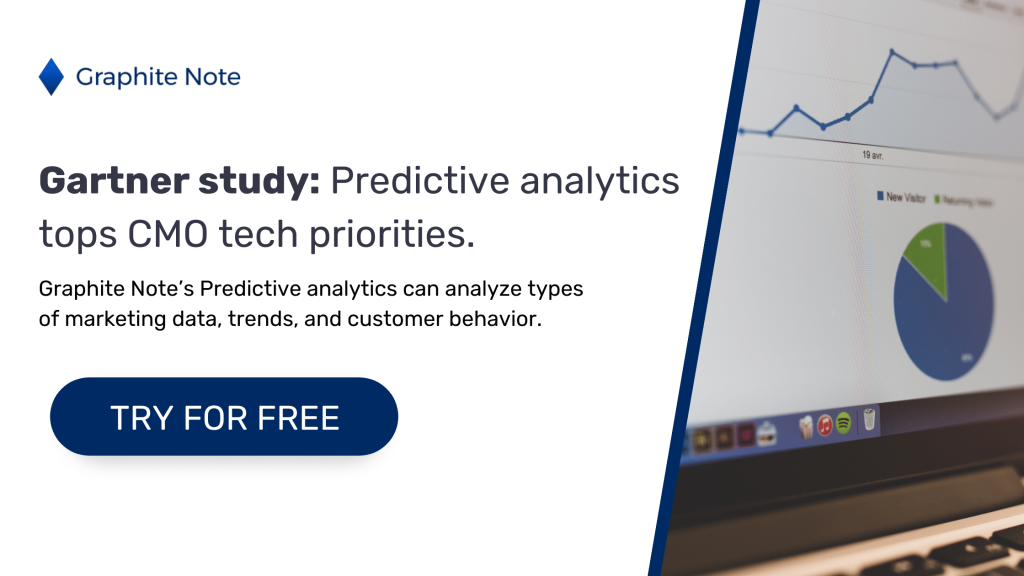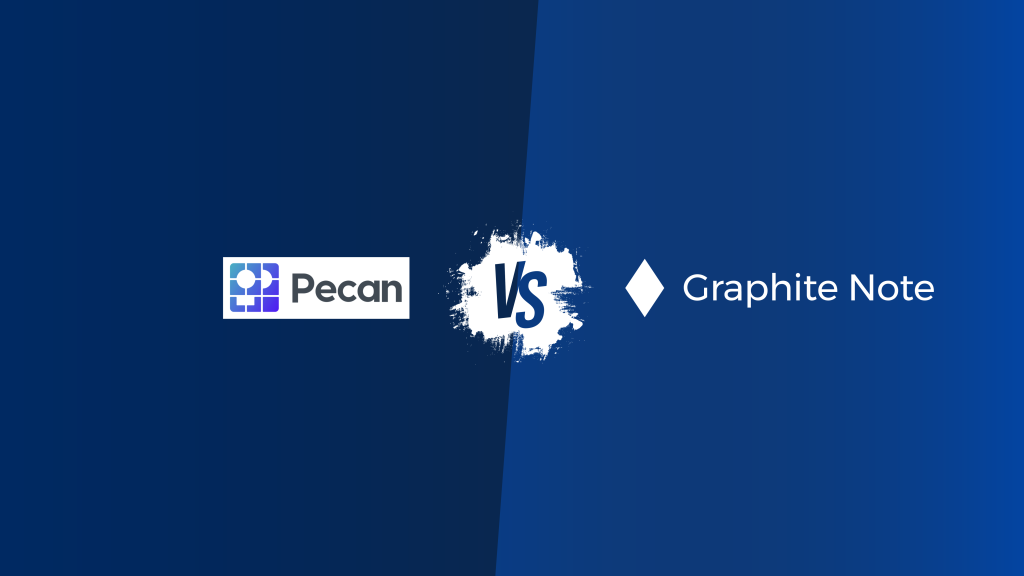Introduction
Predictive analytics can benefit your business in a wide range of ways. Predictive analytics tools help you analyze insights from historical trends and patterns. Predictive modeling enables you to foresee potential outcomes. Through this, you can optimize your decision-making processes. Predictive analytics also help you optimize operational processes, and build your bottom line.
What is predictive analytics?
Predictive analytics uses historical data, statistics, and machine learning to predict future outcomes. Predictive modeling is useful for many different business functions. These include: marketing, sales, operations, and finance. A retail company can use predictive analytics. A retail company can then predict which products will be popular next season and stock up on those items. A financial company can use predictive analytics to detect fraud before it happens. A healthcare company can use predictive analytics. A healthcare company can then predict which patients are at risk of disease.
How predictive analytics improves your decision making
Predictive analytics in marketing can play a key role in building your business. As a business owner, you know the importance of marketing. You can boost your marketing efforts by incorporating predictive analytics. Predictive analytics can help you identify patterns in customer behavior. You can use that information to make accurate predictions about future customer behavior. This helps you create more effective marketing campaigns too.
What is predictive analytics in marketing?
Predictive analytics is instrumental in marketing. Predictive analytics marketing can help you identify high-value customers. Predictive analytics can help you optimize marketing campaigns. Predictive analytics can improve your customer segmentation. You don’t need to be a data scientist to use predictive marketing analytics. With no-code machine learning tools, non-technical teams can use predictive analytics marketing.
Predictive analytics models in marketing
More and more companies realize the benefits of predictive analytics models in marketing. A Forbes Insight survey found that 86% of companies who use predictive analytics in marketing saw a positive effect on their business. A study by Gartner found that predictive analytics was the top technology priority for CMOs in 2021.
Predictive analytics identifies the likelihood of future outcomes, based on historical data. Predictive analytics uses data, statistical algorithms, and machine learning techniques. Predictive analytics can analyze types of marketing data, marketing trends, and customer behavior. Predictive analytics and predictive modeling further enhance your business’ ability to compete.
Predictive analytics in marketing
In marketing, this means using customer data to predict their future behavior. You need to collect and analyze customer data and marketing data from various sources.
This can include data from:
- Your website.
- Social media channels.
- Email campaigns.
- Customer behavior data.
- Demographics.
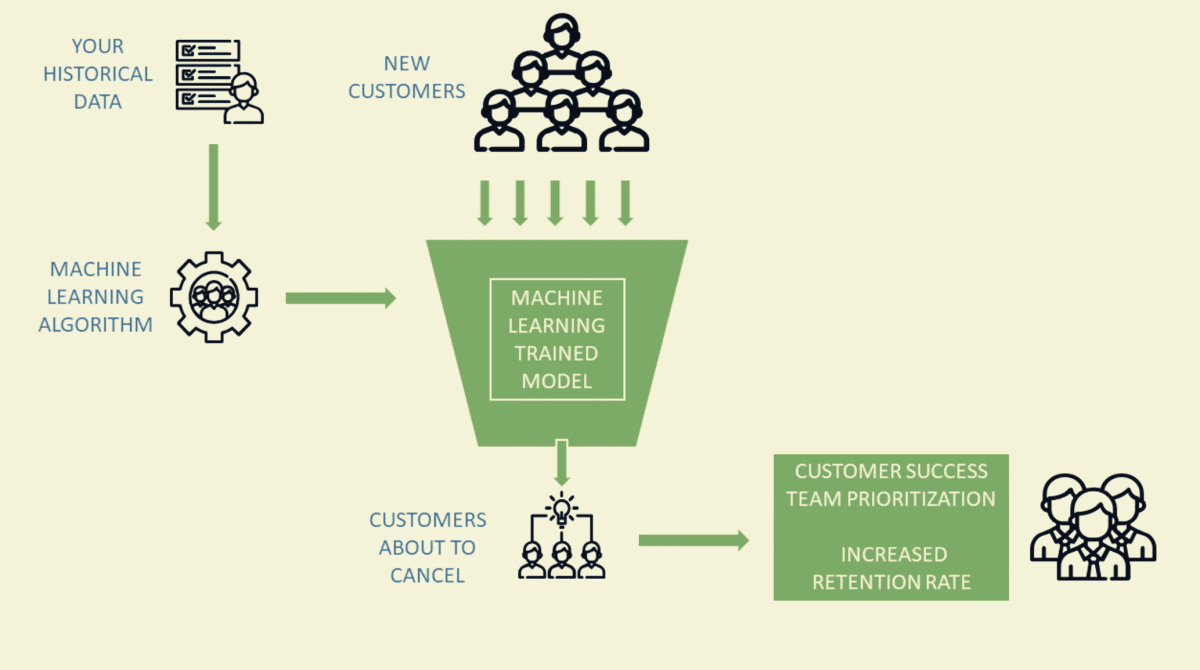
Once you have this data, you can use predictive analytics tools. These tools help you to identify patterns and predict future behavior. The possibilities for using predictive analytics in marketing strategies are endless. You can use it to predict which customers are most likely to make a purchase. You can use predictive analytics to define which products will be in high demand. You can use predictive analytics to optimize your marketing campaigns. Incorporate predictive analytics into your marketing strategy to make data-driven decisions. These will help you achieve your business goals. You can also use an analytics platform to enable marketing automation. This makes life easier for your marketing professionals.
Data analytics in marketing
Data analytics is the true power.
Predictive analytics can revolutionize the way we do business. Predictive analytics can drive growth, and unlock the full potential of our organizations. Predictive analytics is a critical tool that companies use to leverage data and drive insights. At its core, predictive advanced analytics uses machine learning algorithms. These machine learning algorithms identify patterns and trends in data. Those insights are then used to make predictions about future events.
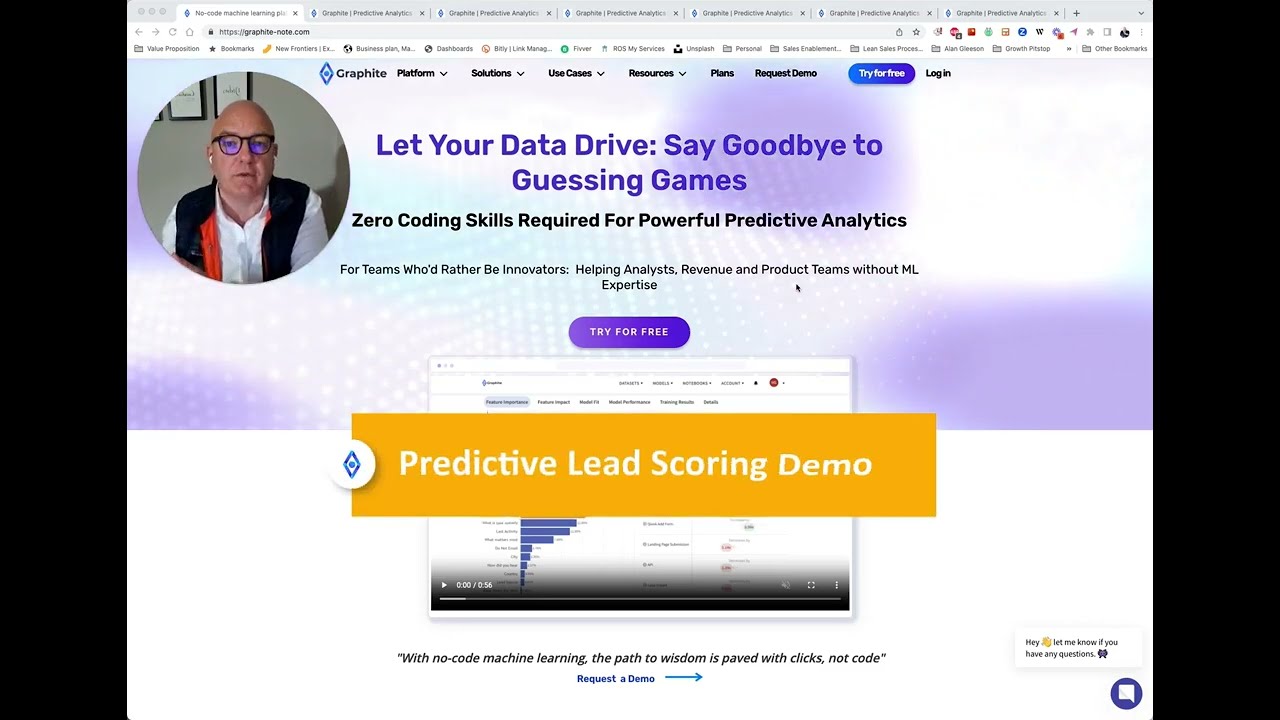
Lead scoring and predictive analytics
Predictive analytics helps businesses identify the most promising leads. Predictive analytics can help you target the right customers with the right messages. By using predictive advanced analytics, companies can gain a competitive edge. Predictive analytics implementation results in better business outcomes. Improving your business’ marketing performance leads to improved results.
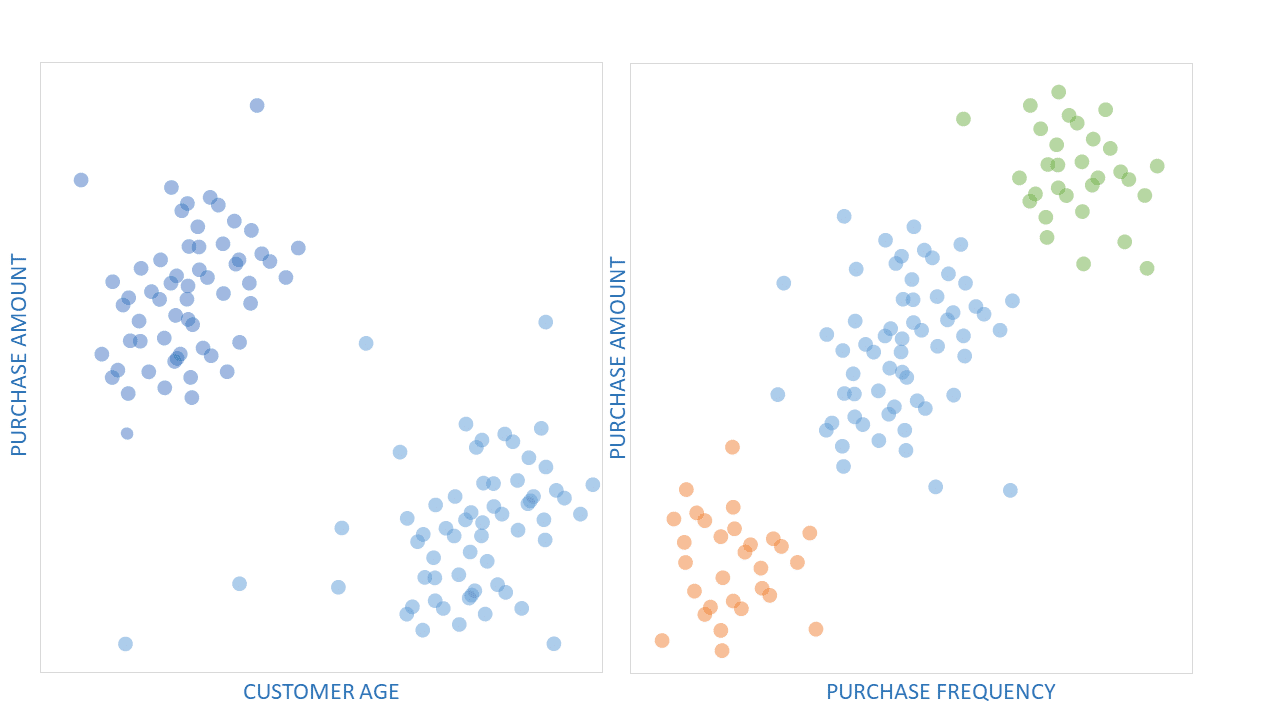
Data sources and predictive analytics
Simply having data is no longer enough. The quality of your data and data sources is also important. Multiple data sources are fundamental. Your business should gather data from multiple data sources. These can include:
- Historical data.
- Inventory management systems.
- User behavior data.
- Customer experience data.
- Customer lifetime value data.
- Website user behavior, and other data sources.
It’s essential to turn data into insights that drive decisions and action. That’s where predictive analytics comes in. Predictive analytics uses statistical algorithms, machine learning, and data mining techniques. Predictive analytics then analyzes historical data and predicts future outcomes. Those predictions help you make better business decisions.
Predictive analytics and decision-making
Predictive analytics identifies patterns and relationships in data. Predictive analytics empowers you to make more informed decisions. You can then take proactive measures to achieve your business goals. For marketing teams, the benefits of predictive analytics are enormous. Marketing teams can use predictive models to:
- Identify high-value leads.
- Segment customers based on behavior and preferences.
- Optimize marketing campaigns.
Marketing teams can achieve higher conversion rates, greater customer loyalty, and improved ROI. No-code predictive analytics SaaS solutions enable non-technical teams to enjoy the advantages.
No-code machine learning makes predictive analytics available for everyone
Predictive analytics has become an essential tool for businesses of all sizes. Implementing predictive analytics can be challenging for non-technical teams. They often lack the necessary skills and resources to develop machine learning models. This is where no-code machine learning comes in.
Predictive models with no-code machine learning
No-code machine learning enables anyone to create predictive models. No-code machine learning uses pre-built templates and drag-and-drop interfaces. No-code machine learning platforms eliminate the need for coding and technical expertise. No-code machine learning makes it for non-technical teams to implement predictive analytics. With no-code machine learning, teams can create predictive models for their business purposes. Those use cases can include lead scoring, customer segmentation, and revenue forecasting.
No-code machine learning platforms
These platforms often provide pre-built templates and workflows. This reduces the time and resources needed to build models from scratch. No-code machine learning platforms are often more affordable than traditional machine learning platforms. This makes them accessible to small and medium-sized businesses with limited budgets. No-code machine learning is an excellent solution for businesses. With no-code machine learning, anyone can create predictive models. This helps businesses of all sizes make data-driven decisions and stay competitive. No-code machine learning makes predictive analytics accessible to everyone, regardless of technical expertise. Even small and medium-sized businesses can now take advantage of predictive analytics. If you have yet to try predictive analytics for your own marketing efforts, now is the time to get started.
Predictive analytics and no-code machine learning
You can make more informed decisions and achieve better results. Many no-code machine learning platforms offer free trials. You can try out predictive analytics for yourself without committing to a long-term contract. Upload your data and experiment with different models. Then, see what works best for your business.
Improve marketing with predictive analytics
Predictive analytics is a powerful tool for improving marketing efforts. By using no-code machine learning, non-technical teams can use predictive analytics. Try predictive analytics for yourself. See how it can transform your marketing efforts.
Predictive lead scoring with predictive analytics
As a marketing team, your focus is on generating leads that convert into paying customers. Not all leads are created equal. It can be challenging to identify which leads are more likely to buy. That’s where predictive lead scoring comes in. Predictive lead scoring is a process of using supervised machine learning algorithms. Predictive lead scoring analyzes data. Predictive lead scoring determines how likely a lead is to convert to a customer. By assigning scores to leads based on a range of factors, you can prioritize your efforts. Your business can then focus on the most promising leads.
Examples of lead scoring with predictive analytics
Real-world companies have already seen success with predictive lead scoring. A company used predictive lead scoring to increase its sales pipeline by 400%. This led to a 10-15% increase in sales revenue. Predictive lead scoring can be a game-changer for sales and marketing teams. Use machine learning algorithms to analyze data and identify the most promising leads. You can save time and resources while boosting your conversion rates and revenue.
Customer segmentation with predictive analytics
Customer segmentation is a critical component of any successful marketing strategy. Customer segmentation enables you to divide your audience into distinct groups. These groups are based on common characteristics. Once you understand each group, you can tailor your marketing towards them. Traditional customer segmentation methods can be time-consuming, expensive, and prone to errors. This is where predictive analytics comes in. Predictive analytics uses unsupervised machine learning algorithms. Predictive analytics analyzes large amounts of customer data. Predictive analytics then identifies patterns and trends that may not be immediately apparent. You can go beyond basic demographic and psychographic data. Predictive analytics helps you identify high-value customer segments that you may not know about.
Examples of customer segmentation with predictive analytics
Let’s consider a fashion e-commerce store. You might assume that your most valuable customers are women aged 18-34. You may also assume they have previously purchased from your site. But, by using predictive analytics, you find out something different. You could discover that a significant number of your high-value customers are men. Moreover, they’re aged 35-50 and have a particular interest in a sustainable fashion. Armed with this knowledge, you can create targeted marketing campaigns. Your campaigns would speak directly to this audience and drive more sales.
Many companies have already used predictive customer segmentation to improve their marketing results. Analyzing consumer behaviors can give you actionable insights for your business. Understanding customer behaviors and their buying habits helps you grow your business.
An insurance company used predictive analytics. They used it to identify customers who were likely to be receptive to upsell offers. They then focused their efforts on these high-value customers. As a result, they achieved a 30% increase in revenue per customer.
A home goods retailer used predictive analytics. They used predictive analytics to identify customers who were likely to buy from them again. They created a loyalty program targeted to these customers. This led to a 15% increase in customer retention and a 25% increase in revenue. This also improved their inventory management. Customer segmentation is essential for effective marketing. It can be challenging to do. Predictive analytics can help you identify high-value customer segments. Predictive analytics helps you create more targeted and effective marketing campaigns. By leveraging this technology, you can better understand your audience. Predictive analytics helps you increase customer engagement, and drive more revenue.
Campaign optimization with predictive analytics
Running marketing campaigns can be a challenging and time-consuming process. What if you could predict which campaigns would be most effective? That’s where predictive analytics comes in. Predictive analytics uses machine learning algorithms to analyze large amounts of data. Predictive analytics then predicts future outcomes. When it comes to marketing campaigns, this can be valuable.
Predictive analytics can identify key success factors. Predictive analytics analyzes past campaign data and customer behavior. This helps you decide on your next campaign. You can isolate the most effective channels, messages, and timing. A retail company can use predictive analytics to determine the best time to launch a new product. By analyzing past data on customer behavior and purchasing patterns, the business can make accurate predictions. Fine-tuning campaigns can even get to deciding on which time of year, day of the week, and even time of day is most likely to result in a successful campaign.
Examples of campaign optimization with predictive analytics
Real-world examples of companies using predictive campaign optimization are easy to find:
A global beverage company used predictive analytics to optimize its advertising campaigns for sports events. By analyzing customer data and social media activity, they determined the most effective messaging and channels to use for their campaign. This resulted in a 12% increase in sales.
A software company that used predictive analytics to optimize its marketing channels. They chose to look at a particular marketing campaign, and analyzed their Google Ads campaigns. By analyzing customer data and campaign performance, they identified the most effective keywords and bidding strategies. This resulted in a 20% increase in click-through rates and a 15% decrease in cost per click.
By using predictive analytics to optimize your marketing campaigns, you can save time and resources. You also increase the effectiveness of your campaigns. With no-code predictive analytics, non-technical teams can take advantage of this powerful technology. This enables your team to make better-informed marketing decisions. Predictive analytics is a game-changer for campaign optimization. By leveraging the power of machine learning, businesses can gain valuable insights into customer behavior and preferences. This leads to more effective marketing campaigns. Real-world examples demonstrate the success that predictive campaign optimization can bring. No-code machine learning software makes it more accessible than ever before. Take advantage of the opportunity to run smarter marketing campaigns with predictive analytics.


